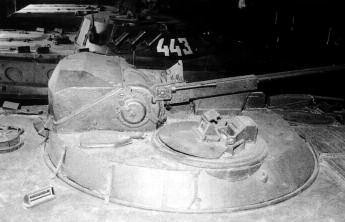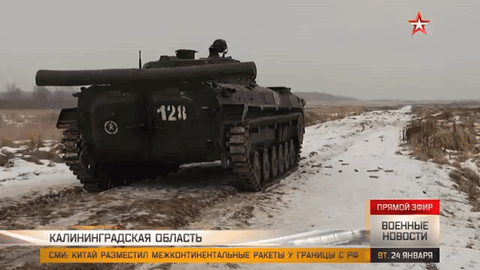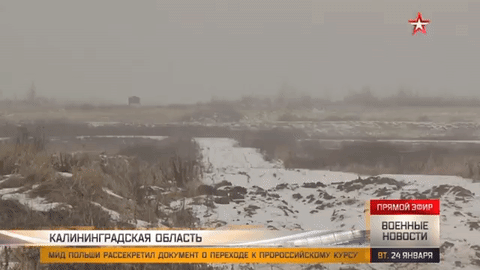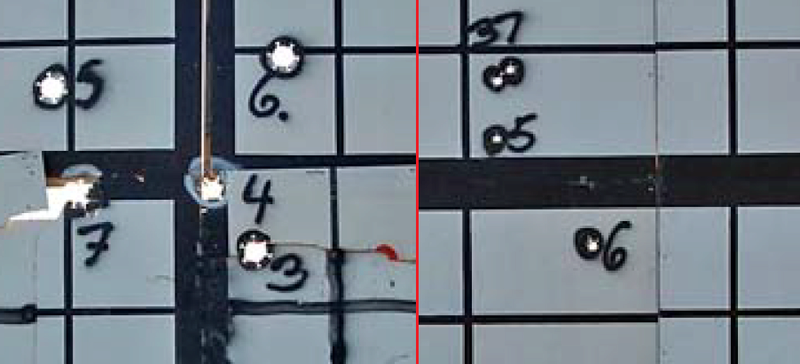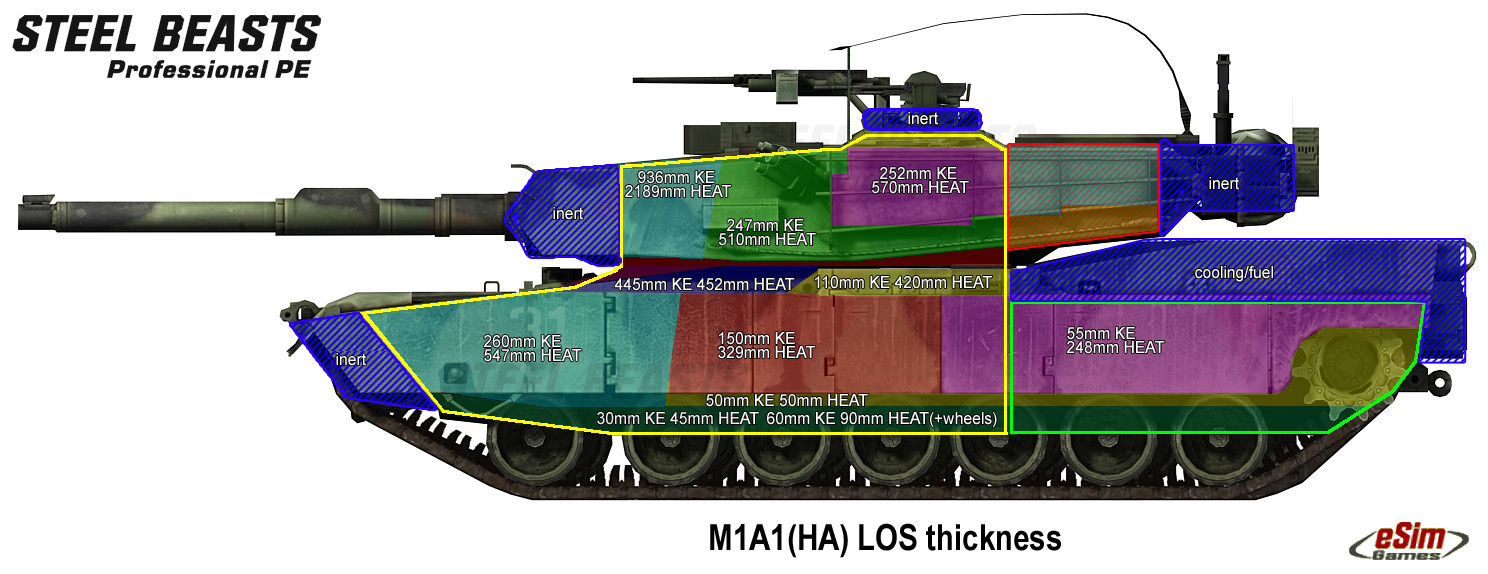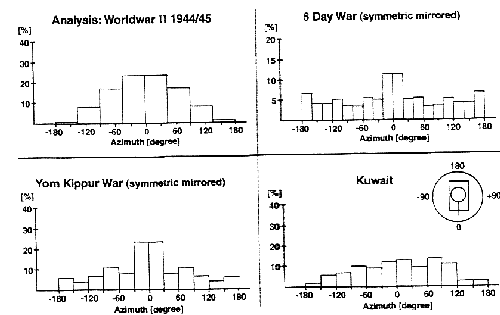Interlinked wrote:Mindstorm wrote:
The most correct sentence would be: " T-90 represent at today the most technically/cost efficient mass produced MBT at world conceived for large scale conflicts"
But you would never get so much intellectual honesty
How can I contradict you if you worded it that way?This is, of course, a completely different can of worms that I do not want to open in a thread about the T-72, which has already been derailed by silly stuff about autocannon ammunition. We can continue this particular topic in the T-90 thread if you wish.
Mindstorm wrote:
You are too busy using half-facts , constructed cases, false inferences while contemporaneously attempting to focus other’s attention on some details of vehicle's design or weapon suits, in your opinion, "favouring" western-built types ,- like your debate here around KE ammunitions for IFV - to ever notice that domestic samples show very often features and capabilities ,immeasurably more decisive in actual large scale conflict against a peer/near-peer opponent, not having ANY western counterpart to even render possible to execute a comparison
Only to remain in the above mentioned debate about IFVs :
- Where is the western IFV equivalent of the domestic amphibious capability of БМП/БМД family allowing them to pass and attack from : rivers, lakes, canals and even sea ? This capability singlehandedly allow to achieve force concentration overmatch both on the offensivee than in the defensive operations against enemy forces self-channeled around bridges ,engineering companies or elevated coast sectors and complicate enormously placement of defensive area defense assets -such as minefields-.
- Where is the western IFV equivalent of the domestic БМП-3/БМД-4 capability to shoot 100 mm ammunition (both in direct and indirect fire ) while retaining capability to shot medium caliber 30 mm autocannon ?
This capability allow to destroy enemy installations, radars, bunkers, FOB, or infantry ATGM fire positions stationing safely from well outside their engagement footprint - including any version of BGM-71 or FGM-114 - while retaining full mobility to evade artillery fire barrage.
- Where is the western IFV counterpart of the domestic БМП-3/БМД-4 capability to shoot long range GLMs ,at any extend immune to know ECM systems, on the move ?
- Where is the western IFV counterpart of the domestic БМП-3/БМД-4 capability to allow transported soldiers to shoot MANPADS directly from the moving ?
A capability always most important in modern UAV-rich battlefield.
-Where is an enemy IFV offering a similar so small target area to enemy LOS fire like БМП-3/БМД-4 ?
A defensive feature truly decisive in maneuvering battlles against enemy MBT/IFV/APC.
-Where is western-built IFV that can be air-dropped directly behind enemy defensive lines with the crew within like БМД-4 ?
-Where is a western-buit IFV with the same strategic mobility БМП-3/БМД-4? (mostly thanks to theirs very low volume and weight)
- Where is a western-buit IFV with a medium-caliber cannon with similar rate of fire of domestic 2A42/2A72 ?
This feature allow not only a reliable engagement ,at vastly greater range in comparison with cannons with lower RoF, of helicopters and UAVs but also of enemy IFV/APC (that obviously never maintain a constant speed and direction in actual battles.
And so on……
Just because I think that modern Russian IFVs require a decent APDS (or APFSDS) round doesn't mean that I despise Russian IFVs. My position was never to degrade Soviet or Russian arms and armoured vehicles; I provide constructive criticism where it is necessary. Does the 2A42 have a high rate of fire? Yes. All the better for the crew to choke on gunpowder fumes. They tried to solve this issue by installing the cannon in an external mount like the Marder 1, but couldn't because the turret could not maintain a seal good enough to work in a contaminated environment. I would know. I wrote a fairly extensive piece on the BMP-2.
Speaking of the Marder 1, it has an Rh202 20mm cannon that fires at 800-1000 RPM and can fire DM63 APDS rounds that have slightly more penetration than M791 rounds for the Bradley's M242. Also, the faster 20mm and 25mm APDS rounds make it much easier to hit moving targets at long range, so saturation fire isn't the most optimal solution. It's a viable solution, but it comes with a bunch of disadvantages. Is the 2A42 really that special? It's a good, dependable and effective weapon, but it's not like it's a miracle or anything, as you were implying.
Having a 100mm low pressure gun isn't necessarily the bee's knees. The new "Epoch" turret doesn't have one, and there have been no further developments in this direction for a long time. The current trend is larger caliber autocannons; 40mm, 57mm, etc. Indirect fire is left to hardware designed for indirect fire, and keeping a 100mm gun just to be able to conduct direct fire may not be the wisest choice if it is incompatible with other, more promising concepts, such as unmanned turrets. We can appreciate the BMP-3 and BMD-4 (and I do), but don't go around praising it like it's the second coming of Christ.
Practically all Western IFV allows its passengers to pop out of a roof hatch to fire MANPADS at air targets while the vehicle is moving. How will BMDs parachute behind enemy lines? Wouldn't a great big cargo plane be seen from hundreds of miles away? The BMD series are good for rapid response situations, but parachuting behind enemy lines is just implausible, and has been for many years. I'm sure I missed one or two of your other points, but you have to remember that this is a thread about the T-72. If you want to talk about BMPs and BMDs, take it to the appropriate thread.Mindstorm wrote:
Said that is important to remember that any choice in military systems design is a compromise (for example employing the same materials you cannot reach the same level of ballistic protection of a Puma IFV with a vehicle within the weight class of БМП-3/БМД-4); but is clearly evident that any western designer would have rushed to integrate in theirs IFV design the previously mentioned features ,producing immeasurably greater impact on battle efficiency (instead of enormously increase internal volume and weight to obtain in return only a middle increase of ballistic protection or invest in costly ammunitions only for partially off-set the lower caliber/rate of fire of theirs IFV autocannons in comparison with those standard of theirs likely enemies) owning the technological and engineering base to do that.
I won't bother talking about what you think about Western IFVs vs Soviet/Russian IFVs or what fantasies you have in general, but it is factually incorrect that Western autocannons lacked the technological and engineering base to produce quick-firing autocannons. Having smaller calibers and generally lower rates of fire does not indicate that there was a technological hurdle that they failed to cross. It was a question of accuracy and first round hit probabilities. That was actually one of the reasons why APDS was chosen for the M242 from the beginning. The high rate of fire of the 2A42 badly affects its accuracy, even in bursts. If you want to have a laugh, go watch a video of BMP-2 gunners trying to score even one hit at the firing range:
Why use APDS? Because the chances of scoring a hit and doing some damage are higher than if they used AP-T. That's basically it. It's mentioned somewhere in here: http://www.dtic.mil/dtic/tr/fulltext/u2/a262492.pdf
Funnily enough, the document also says this (take note GarryB):
"The M792 HEI-T round will not be considered. The round-to-round random dispersion of the HEI-T is significantly greater than that of APDS-T which would presumably lead to significantly different results"
So a full caliber round has greater dispersion than an APDS round. Well, how about that...Mindstorm wrote:
But i image that for an enthusiast with a “weakness” for western-built military systems is better to focus the attention on the characteristics of M791 or M919 round (conceived clearly to offset the hard limitations produced by projectile mass/muzzle energy/rate of fire of theirs 25 mm cannon against the standard gun 30 mm of the OPFOR) against 3УБР-6 sustaining that 3УБР-8 (domestic version) is not produced for Federation forces
Just for the chronicle that is what offer today for export Rosoboronexport (export version)
Unfortunately, the facts do not entirely line up in your favour. The chamber pressure of the M242 ranges from 360-410 MPa, depending on the ammunition it fires. M919 would be at the high end, of course. Chamber pressure of the 2A42 when firing 3UBR-6 is only 353 MPa. Let's not even bother comparing the 2A42 to a 30x173mm chain gun, eh?
Oh sure, they offer 30mm APFSDS in the 30x165mm caliber. Too bad the Russian Army doesn't get any of it.Mindstorm wrote:
Obviously this photo represent a simulation with domestic APFSDS(tests employing actual foreign samples of any kind, collected from both from theatre of conflicts of foreign Armies or by operatives of the illegal spy network, are obviously covered by strict State secrets to prevent potential opponents to get any hint on the level of our knowledge about the specifics of theirs sytems. The same is true aboard).
But ,as you well know, the point in question was, from the beginning, the size of those KE penetrator's holes in MBT targets im ,in mine thesis some times bigger (from 2 to 4 times) than its diameter with a variance dependant on distance of fire, yaw, residual or parassitic spin (for very long distance shots) and material composition of, it in your thesis equal to its phisical diameter.
The relatively large diameter of the cavity you see is - as I have patiently explained - due to the presence of a jacket. I have given you multiple examples of the types of holes created by unjacketed monoblock rounds like DM33.Mindstorm wrote:
1) You should learn to read what other write (that is also true for the documents you cite supposedly at support of your thesis) ....and possibly also understand......
 Mindstorm wrote:Mindstorm wrote:When delivered at very short range and/or against some kind of targets (like some alluminium alloy surfaces or.......paper made fire-range targets ) where.......you will obserbe small APDSFS holes"
Mindstorm wrote:Mindstorm wrote:When delivered at very short range and/or against some kind of targets (like some alluminium alloy surfaces or.......paper made fire-range targets ) where.......you will obserbe small APDSFS holes"
Obviously, as your standard, you have failed also to take into account difference in size of the target (the APFSDS target is almost 3 times bigger)
Facts also on those kind of not dense/viscous target, physical holes of APFSDS is always bigger than diameter of the KE penetrator.
If your theory would hold some water on each side of those 1 square meter your could put side-to-side 40-50 APFSDS holes (2/2,5 cm diameter), instead those are 3 -4 times bigger.
Thanks to have proved mine point
Where did I misread you? You said that small APFSDS holes are created at very short range, but the photos I show are for ranges of 1.7 km, and those targets aren't exactly dense. BTW, all of the squares in all of the targets are 1 m^2. They didn't triple the size of the squares to shoot APFSDS at... How do you keep on inventing these fantasies?I am really tired of this. Here it is, all in one picture. MPAT on the left, APFSDS on the right. Take out a ruler or something and slap it on your screen, and I'm pretty sure that those holes will come out at 80mm and 24mm (give or take a few millimeters), MPAT and APFSDS respectively. EDIT: Actually I did it for you using MS Paint and comparing pixels. Size of the MPAT holes comes out to 76mm and APFSDS holes is 26mm. Close enough.
I do not need or want to say any more.
Mindstorm wrote:
To be continued about the study of M. Held on hit distribution in pasted conflicts used by Interlinked to prove its thesis" in exact opposition to its finding.......
To be continued indeed. I hope your theory about quantum tunneling or whatever it is isn't based on that photo of the T-54 turret hit by 100mm APCBC... If you want to rant, just PM me. Do not force these good people to suffer.
that's cute coming from you.....Real dam cute and how utterly ignorant.


